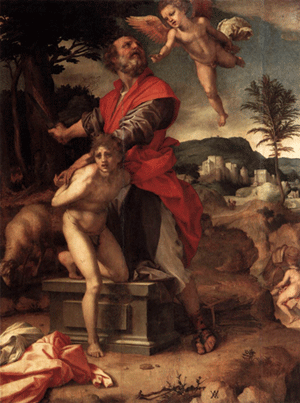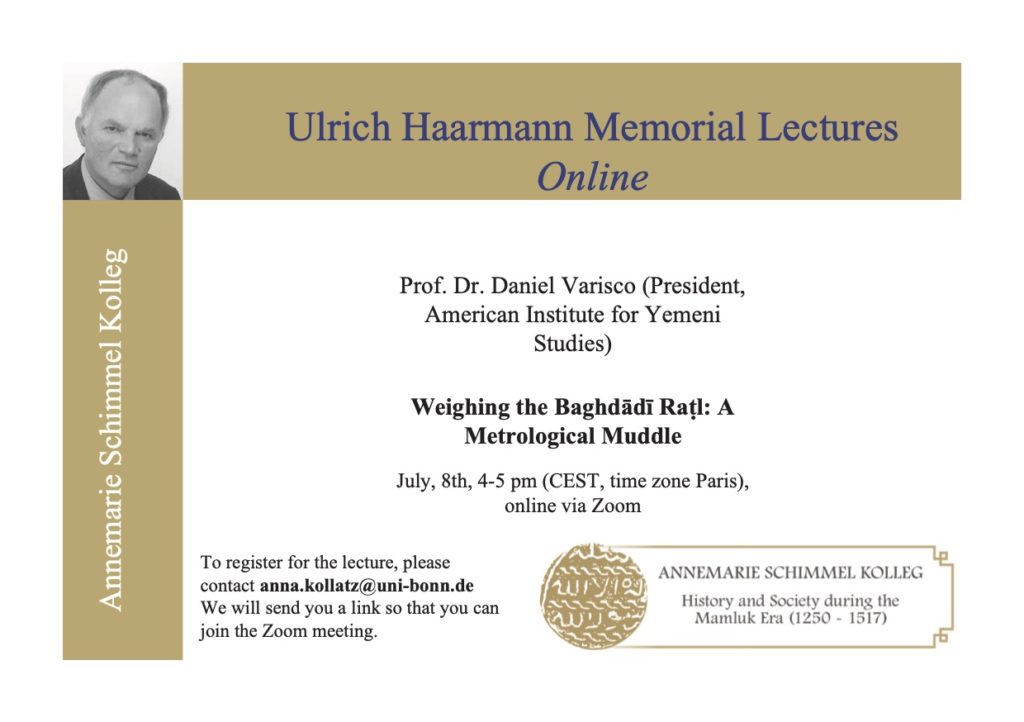
The Sacrifice of Abraham, by Andrea del Sarto, ca. 1527-1528
A fable, dedicated to Mark Twain and all who really understand what it means to suffer
Abraham was sitting in his tent door near the oaks of Mamre. He was getting on in years and his son Ishmael would soon have to take over the family herds. So it was time to think about buying a burial site, perhaps the cave that Hittite had offered over near Hebron. Then he lifted up his eyes and three men stood before him. And though he did not realize it at the time, these were angels sent from God.
“Abraham,” said one of the angels, “God wants you to know what is going to happen to your descendants over the next three or four thousand years. So we are here to tell you. Are you sitting down?” Abraham was used to the flamboyance of this One God, so he made sure he stayed close to the ground.
“First of all,” said another angel, “your wife Sarah is going to have a son. I know she is a hundred years old and will probably think this is some kind of joke, but let me tell you that God doesn’t fool around when it comes to sex. You have to call this son “Isaac” and then just when you think things are going alright, God is going to ask you to take Isaac up on a mountain and kill him as a sacrifice.”
Abraham decided to keep quiet. Maybe there was more. Continue reading If only Abraham had known …












